Not Just Barefoot and Pregnant...But Much, Much More!
Newcastle Gaol Museum: May to October 2016
From parachutes to publicans this exhibition shares some lesser known stories of women from Toodyay (formerly Newcastle) in Western Australia.
*Section Headings used are from the Australian Historic Themes Framework*
Establishing schools
Anne Whitfield
In the Toodyay district during the mid-1800s, education was often difficult to access for children of struggling settlers. Ann Whitfield opened a private school at her home in 1871. She taught French, Music & Art as well as Reading, Writing & Arithmetic.
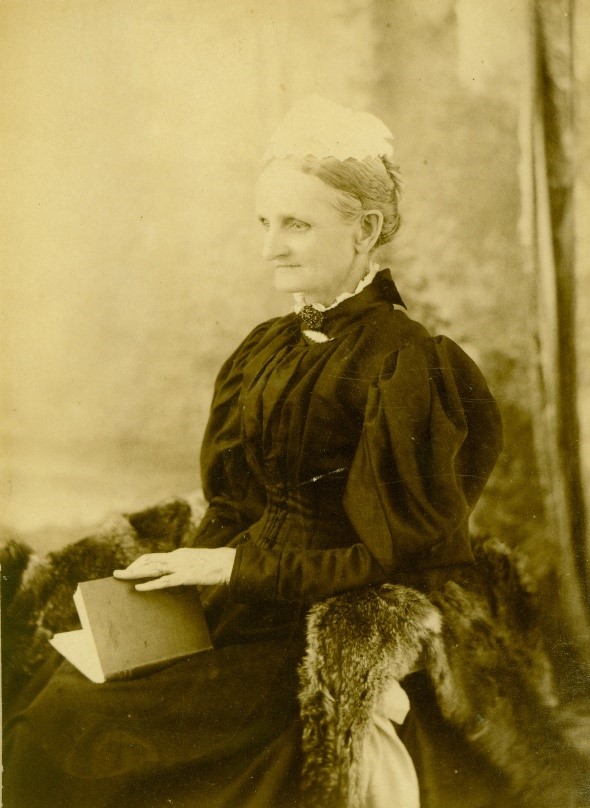 |
Ann Whitfield 1896 2001-427 |
  |
Slate & slate pencil 2001-35c & 2001-354 |
 |
Pencil box with sliding lid, 1870 2001-357 |
Sisters of Mercy
In 1884 three nuns from the Sisters of Mercy religious order arrived in Newcastle (now Toodyay) to establish a school.
After operating out of two houses on the main street they had their first two-storey building constructed in 1903, the St Aloysius Convent of Mercy. The school continued to expand with the building of girls and boys boarding houses.
Many generations of Toodyay children received instruction from this group of women who managed a complex and large operation. The school closed in early 1972 and the Sisters continued their pastoral work in Toodyay until 2003.
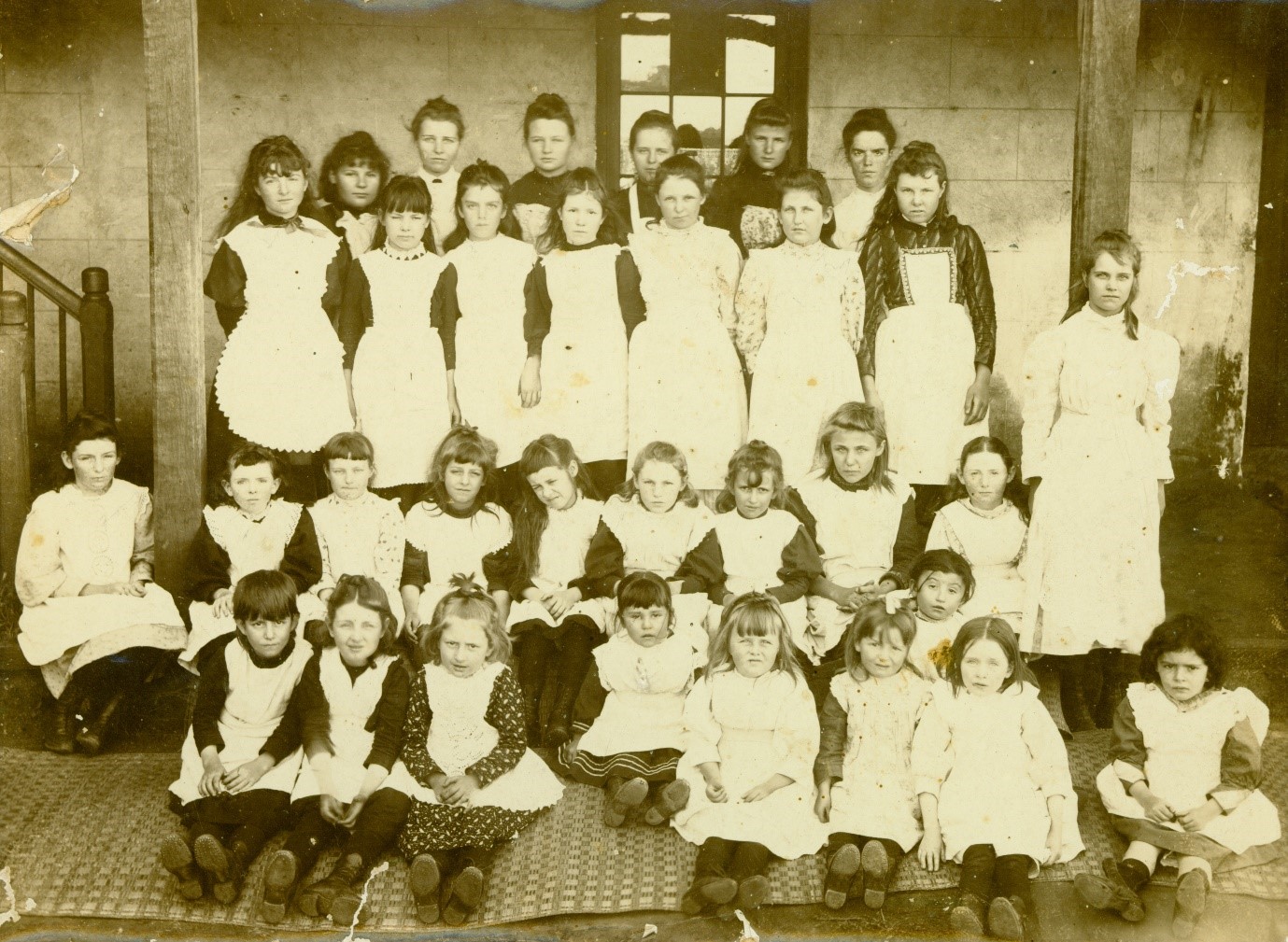
Sisters of Mercy Toodyay students 1891 1999-1
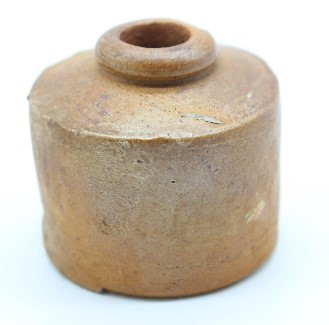 |
2001-194 |
 |
2001-35 |
Provisional schools
Before improved roads and transport, women often taught at temporary provisional schools in outlying areas. Sometimes only photographs remain as their legacy.
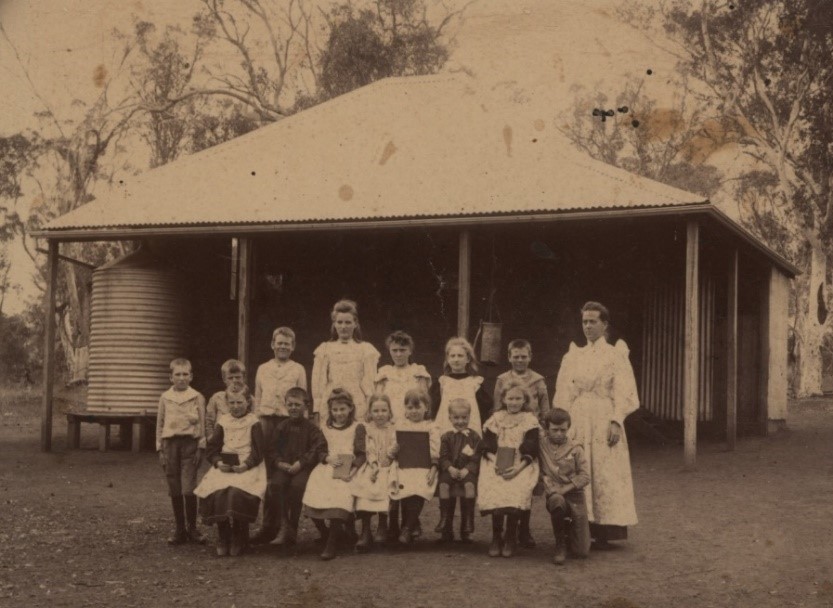
Coondle Provisional School c1897
Teacher Mercy Syred
2001-1171
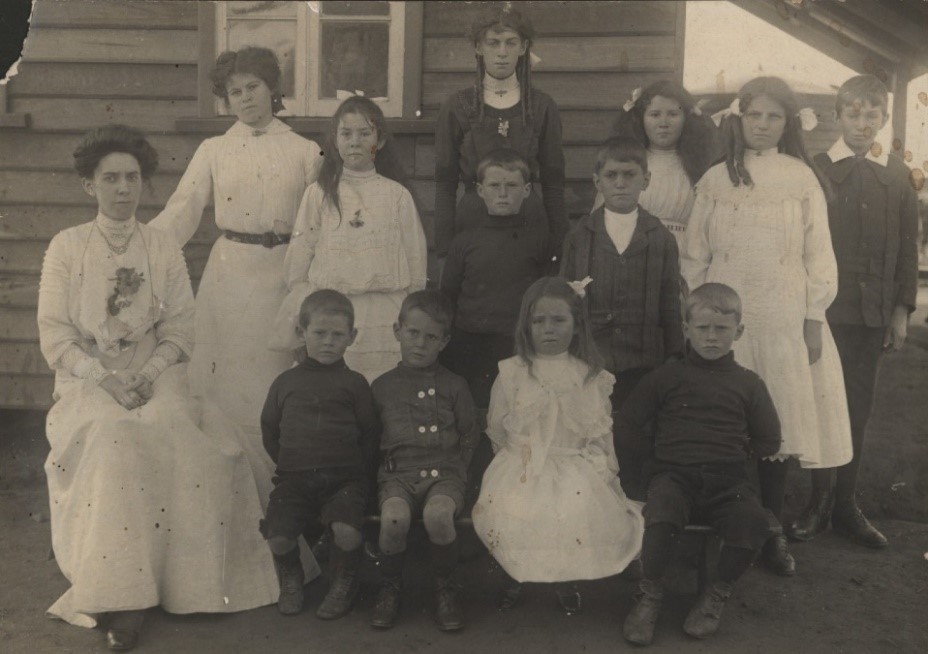
Norman Area School 1912
Teacher Mrs J Murphy
2001-1127
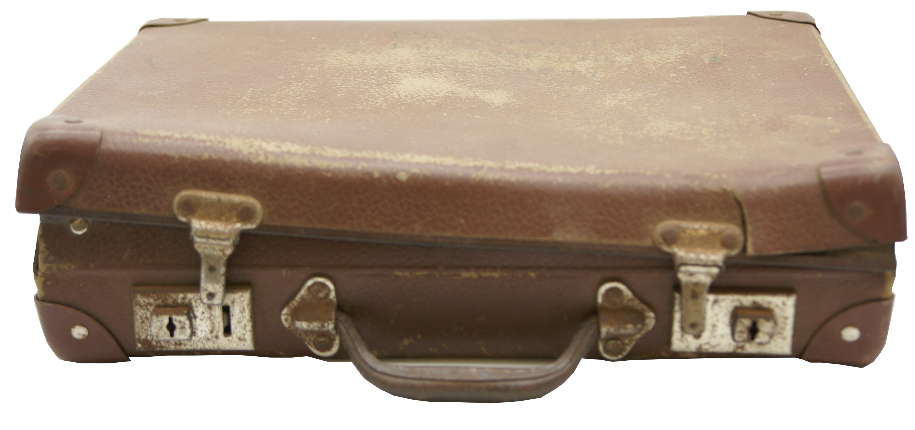
2001-350
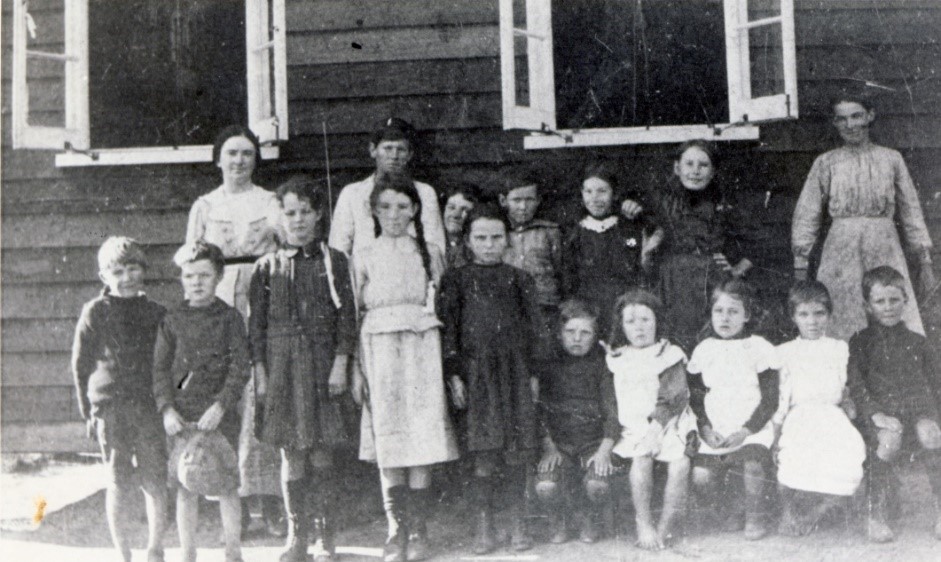
Ten Mile Hill School around 1913-1914
Teacher Gertrude Hasell
2001-1361
Duke Street School
Between 1887 and 1954 the main Toodyay district school was located on Duke Street in Newcastle (now Toodyay). Although originally described as a boys’ school, by 1890 both boys and girls were attending.
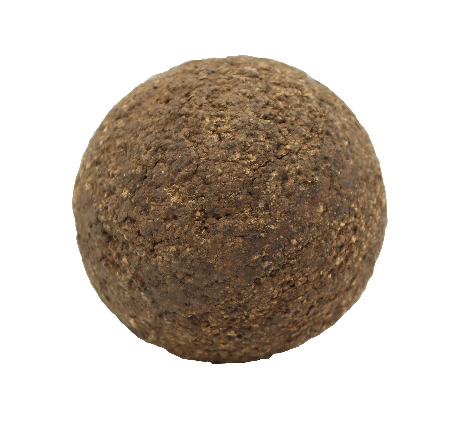
Cricket ball 2001-383
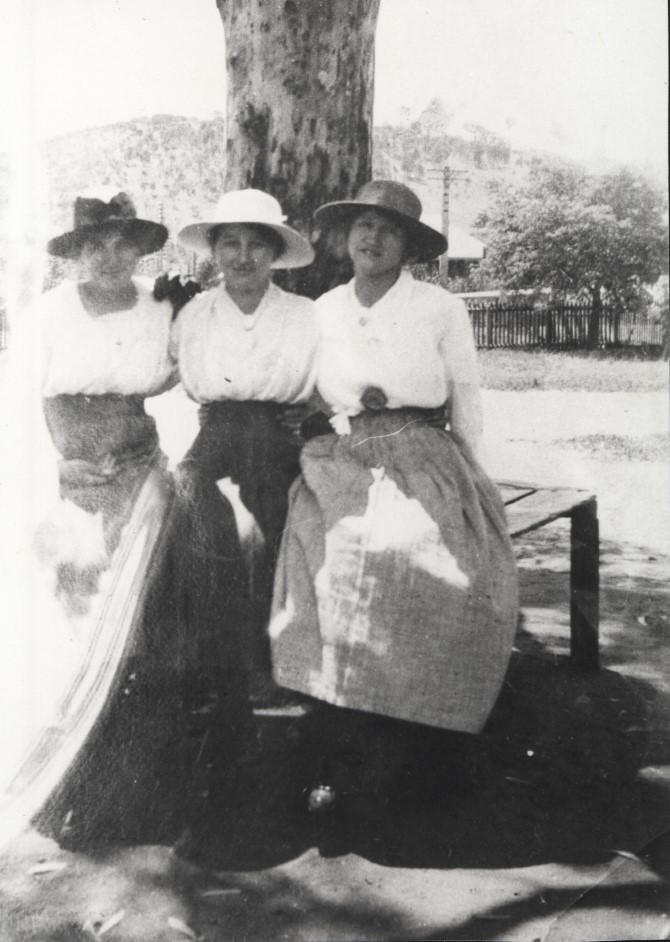
Female teachers at the Duke Street School,
Toodyay c1910-1920s
2001-1072
Developing Institutions
Country Women’s Association
A Country Women’s Association branch opened in Toodyay in 1927, three years after the first branch was established in WA.
The CWA became the voice for regional women to lobby for better services for families and rural areas. This organisation provided an opportunity for women to be involved with public affairs that the existing political process did not.
The first Toodyay CWA project was in 1928 with the establishment of a rest room where children could be fed and tea made, and which also doubled up as a meeting room. One keenly awaited lecture that year was by Mrs Mary Farrelly on Sex Hygiene.
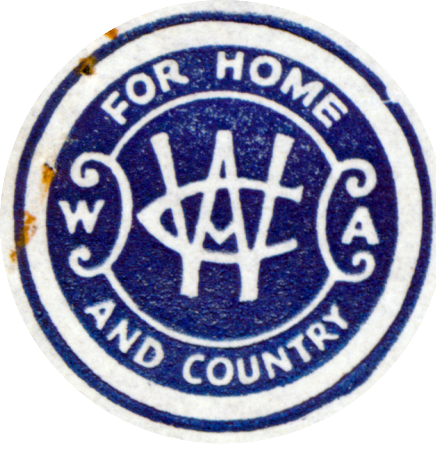 |
CWA logo 1939
|
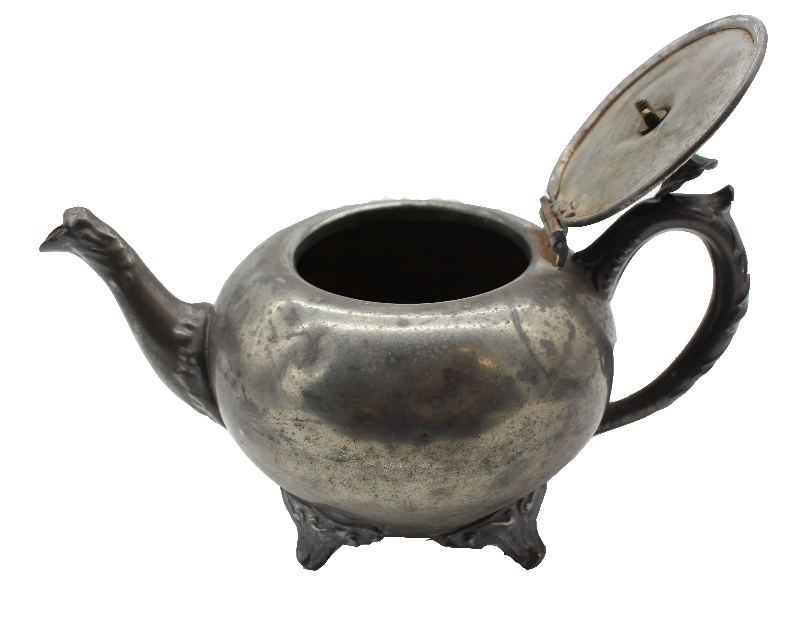 |
2001-531 |
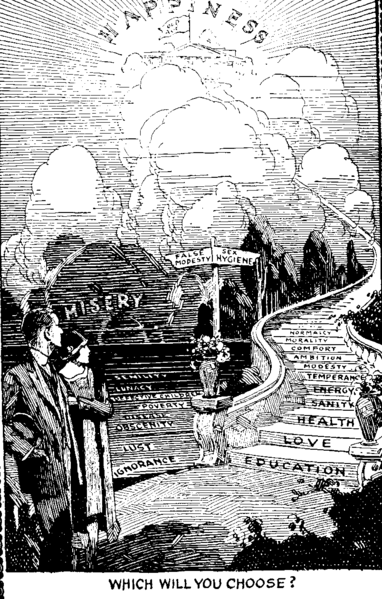 |
Sex hygiene and false modesty poster.
What the women really wanted to find out about!
Courtesy Wikipedia |
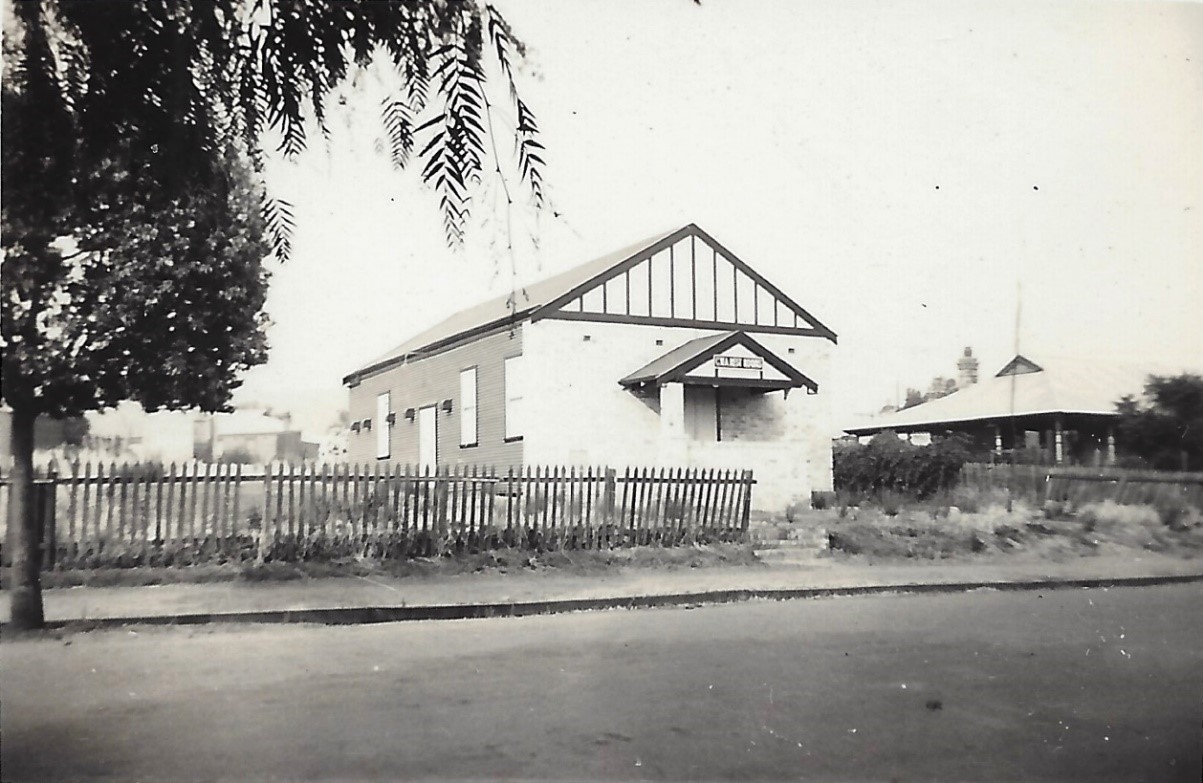 |
In 1939 the Coondle Hall was pulled down and re-built in the main street of Toodyay as the CWA Rest Rooms. This building continues to be used by the Toodyay CWA organisation today. Toodyay CWA Restrooms 1940s.
Courtesy: Edith Lee from G Lee
|
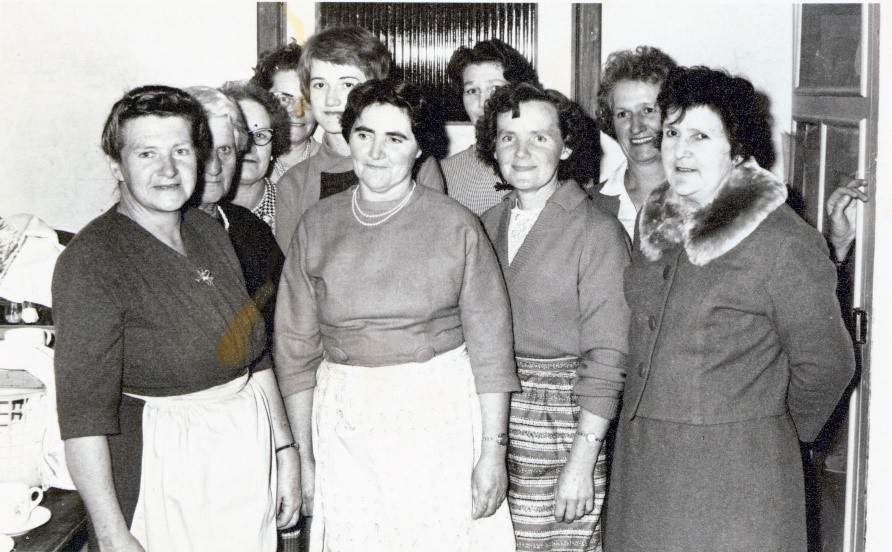 |
Toodyay CWA Members 15 May 1965
L-R Ivy Graham, Thelma Watson, Muriel Chitty, Mary Chitty, Judy Hasson, Dot Hasson, Mavis Jeffreys, Gloria Groves, Ivy Hasson, Anne Heath
Courtesy: Toodyay CWA
|
Developing Local Government Authorities
Lesley Irene Phillips
In 1979 Lesley Phillips became the first woman in Toodyay to be elected to local government, remaining in office until 1984.

Eighty years earlier (in 1899) women of European descent had been granted the right to vote in Western Australian state elections. Aboriginal women had to wait until 1962 for this same right. Women were not allowed membership of local Roads Boards until 1911, or Municipal Corporations until 1919. Even then many women would have found themselves ineligible due to their lack of property ownership.
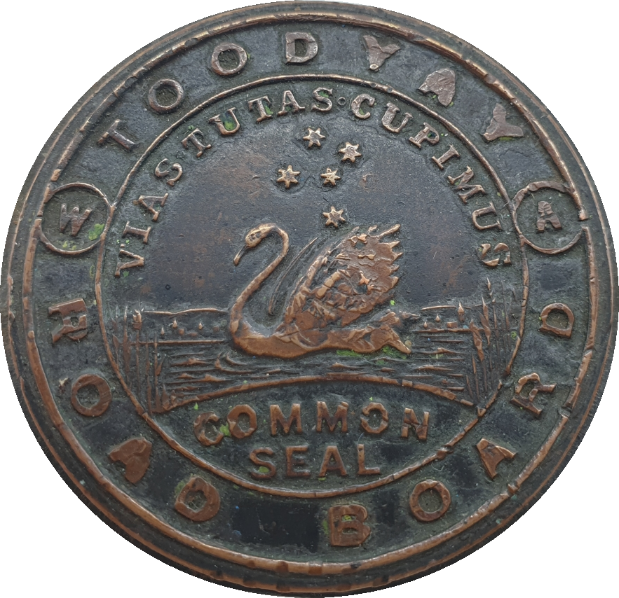
Toodyay Road Board Common Seal. The Road Board ceased operation in 1961 and the seal became a museum artefact.
2001-794
Lodging people
Jane Donegan
Between 1882 and 1891 Jane Donegan had three separate buildings constructed along the main street of Newcastle (now Toodyay). One she ran as a boarding house called Mountview. By the end of the 19th century Jane enjoyed a financial independence unusual for a woman of her period.
Newcastle (now Toodyay) c1898 while Jane’s boarding house was in operation. The area on the main street where her businesses operated is marked.
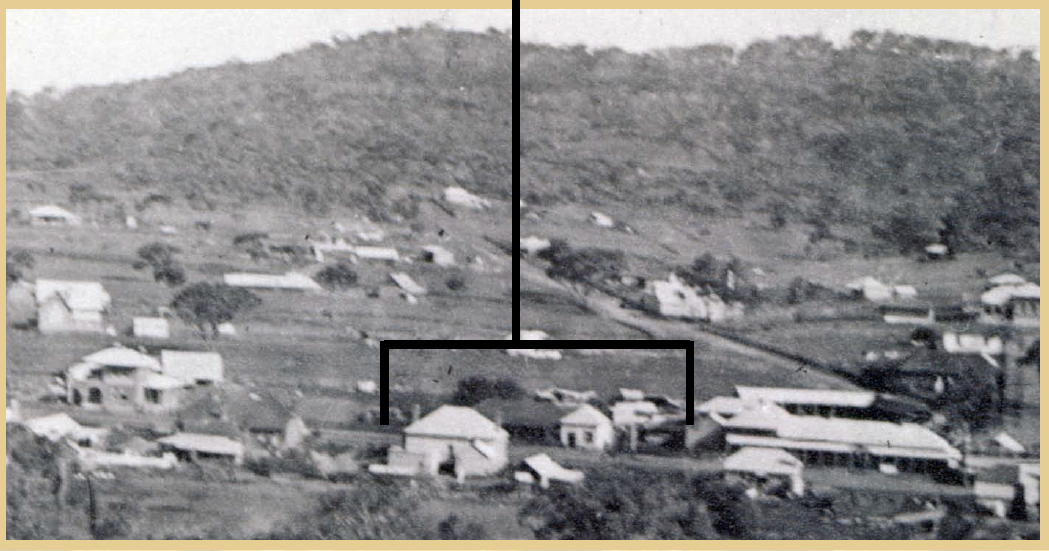
Note: the second storey of the Freemasons’ Hotel is not in place and the Memorial Hall has yet to be built.
2001-728 detail
After Jane died in 1901 Charles Ellery purchased the buildings and by 1907 had filled the gaps between them with three more shops. This group eventually became known as Ellery’s Arcade and remain a feature of the Toodyay streetscape today.
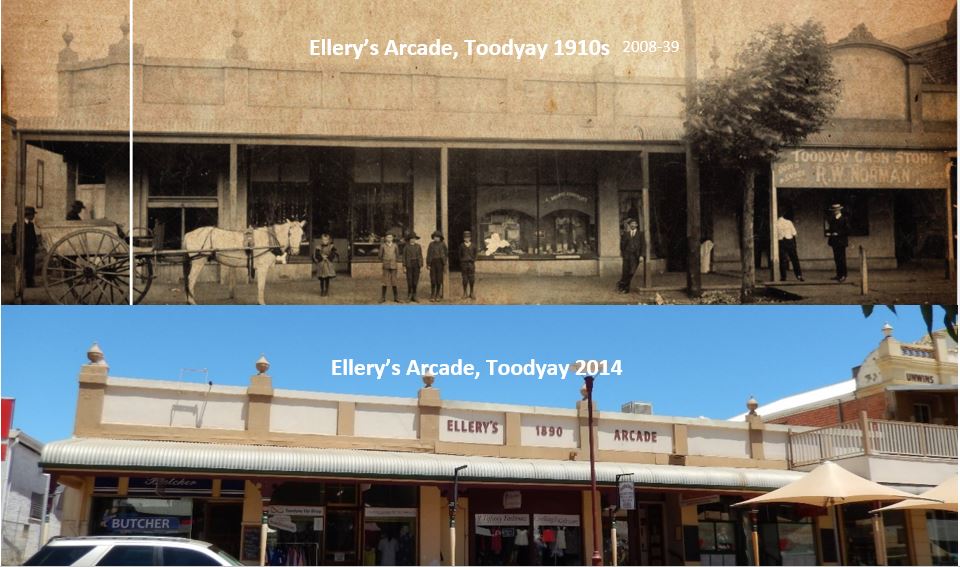
Charles Ellery’s name on the pediment displaces Jane’s memory.
Mary Gertrude Gadsdon
Running a guest house was an option for a woman to gain an income while still managing a home and family.
 1939 signature
1939 signature
Mary Gertrude Gadsdon of Key Farm, Toodyay, provided comfortable guest house facilities from 1928 onwards. Combining ‘Home Duties’ with running a viable business, Mary also took on the role of president of the Toodyay CWA in 1938.
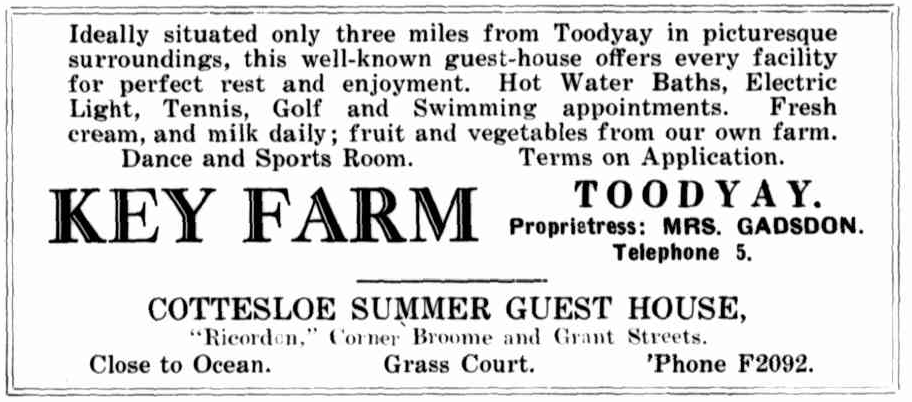
Western Mail 28 Dec 1933 Courtesy: Trove
Migrating through organised colonisation
Joanne Peters
In 1952 one of the Ellery’s Arcade shops in Toodyay’s main street housed a cafe run by Dutch immigrant, Joanna Peters.
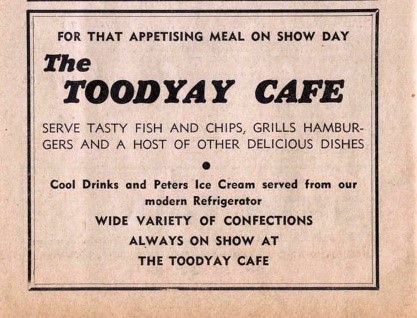
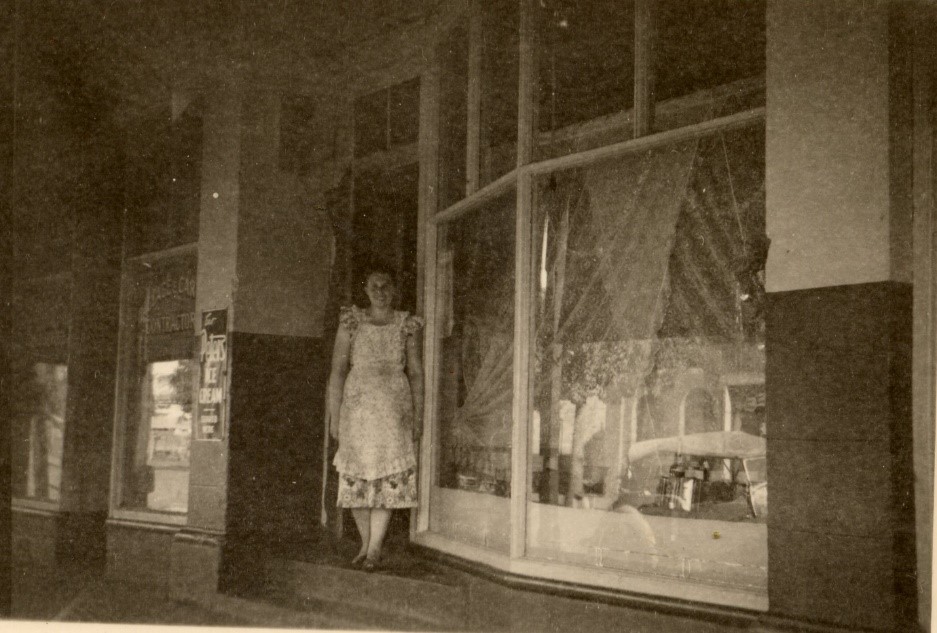
Jo outside the front of her shop in 1952 Courtesy: Nonja Peters
Joanna’s story has been documented by her daughter Nonja who came with her mother to Australia in 1949, joining her father who had arrived a year earlier. They came first to the nearby Northam Migrant Camp.
Outwardly the Dutch were model migrants who appeared to assimilate quickly into the Australian way of life. For children like Nonja, however, it was a difficult negotiation of identity between the European cultural traditions practised at home and the Australian ones practised everywhere else.
Many migrant women were trapped at home with children - isolated through language and unable to engage with the broader community.
 Courtesy: Nonja Peters
Courtesy: Nonja Peters
Retailing foods and beverages
 |
Charlotte Herbert
In the late 1850s Charlotte Herbert (nee Davis) ran foul of the law when she assumed the role of publican at the Royal Oak Inn at the original Toodyay township (today called West Toodyay). Her husband, John, had been declared of unsound mind and removed to the Asylum in Perth.
In spite of her capable management for many years during her husband’s illness, she was refused a licence while he was away, and subsequently fined 5 shillings when she continued to trade.
Charlotte Herbert and her daughter Martha, 1856 2014-230
|
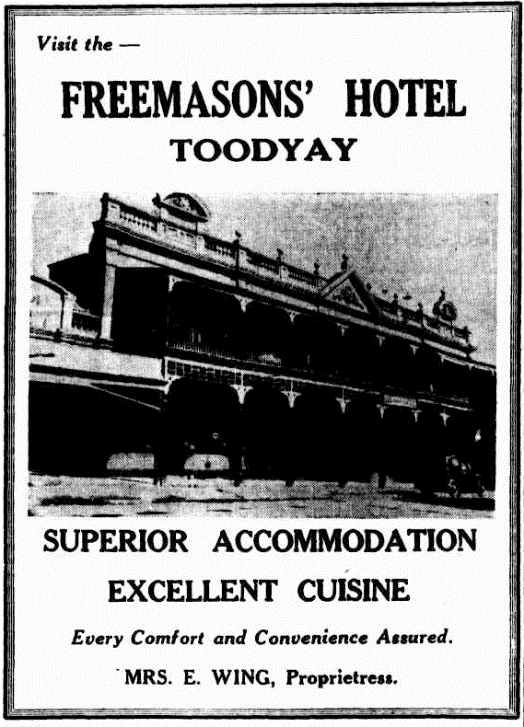 |
Ellen Wing
In 1931 Ellen and Wally Wing returned to Toodyay to run the Freemasons’ Hotel. After Wally’s death in 1935 Ellen immediately took over its management.
She assumed ownership in her own right in 1936 and remained in charge for a decade before selling the hotel in 1946.
From Western Mail 28 July 1938
Courtesy: Trove
|
Surviving as Indigenous People in a White Dominated Economy
Annie Stack
Annie was well known around Toodyay as an energetic and resourceful Noongar woman, who gained the respect of locals for her hard work and business-like dealings.
Annie was born in 1894 at Culham Estate, one of the large Colonial properties in the Toodyay district. By this time European colonisation had excluded Aboriginal people from much of their country including prime riverside land.
Annie may have had 5 children; some of whom she was denied access to while they were resident in ‘native’ settlements. Over the years Annie and her family moved around frequently.
In the 1940s Annie was back at the camp at Culham as matriarch. She managed contracts for land-clearing, fencing and collecting wool from dead sheep which was sold to Wilcox-Mofflin (Ltd), the scourers at Fremantle and Perth.
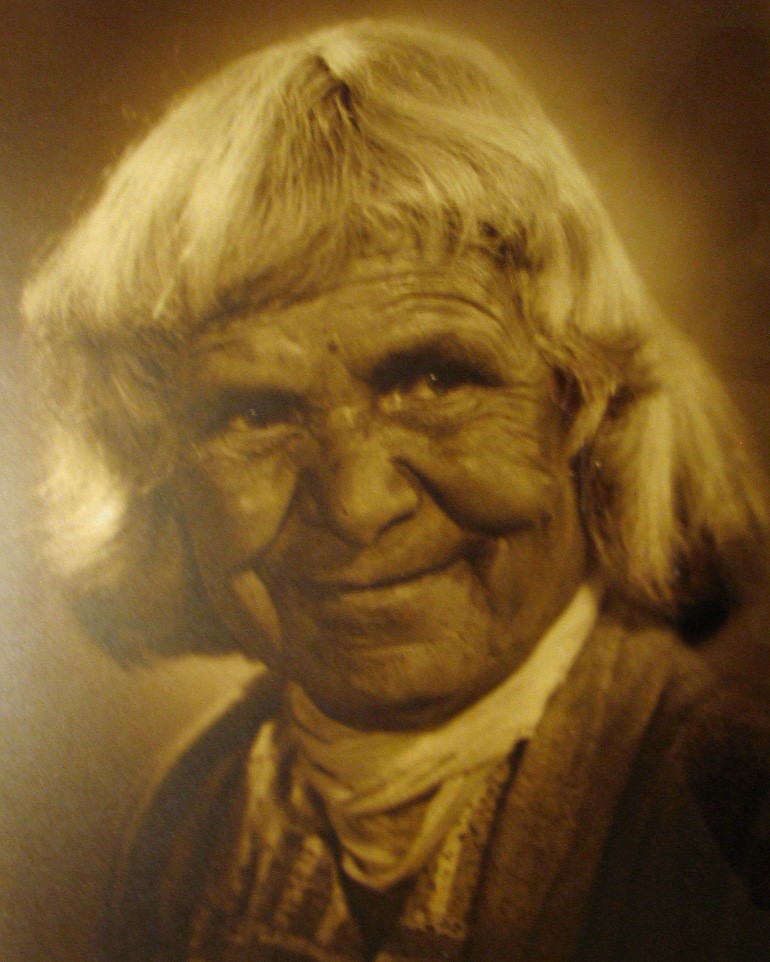
Portrait of Annie Stack by Alex Risco
Entertaining for profit
Millie Viola
In August 1891 Millie Viola, an American parachutist, visited the Toodyay district. As part of the exhibition, Millie leapt off an aerial swing suspended under a tethered hot air balloon at about 2,000 feet.
The first time this had been done in Australia was in 1888 so locals were being treated - after they paid of course! - to the latest ‘amazing feat’. Female performers, such as Millie, brought a taste of women’s emancipation with their athletic abilities and form-fitting outfits.
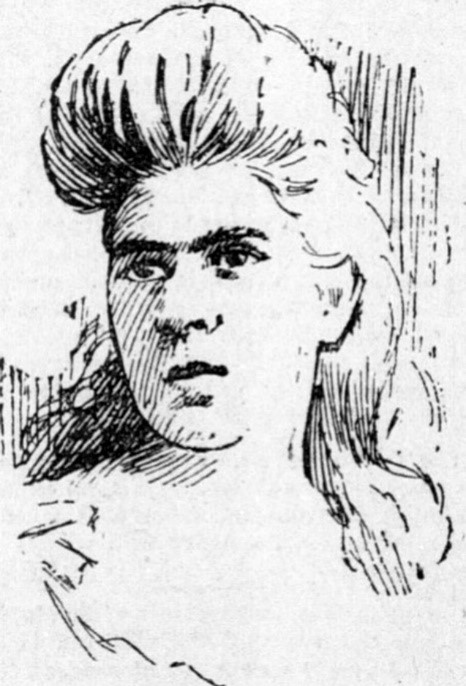 |
San Francisco Call 20 Jan 1896, California Digital Newspaper Collection |
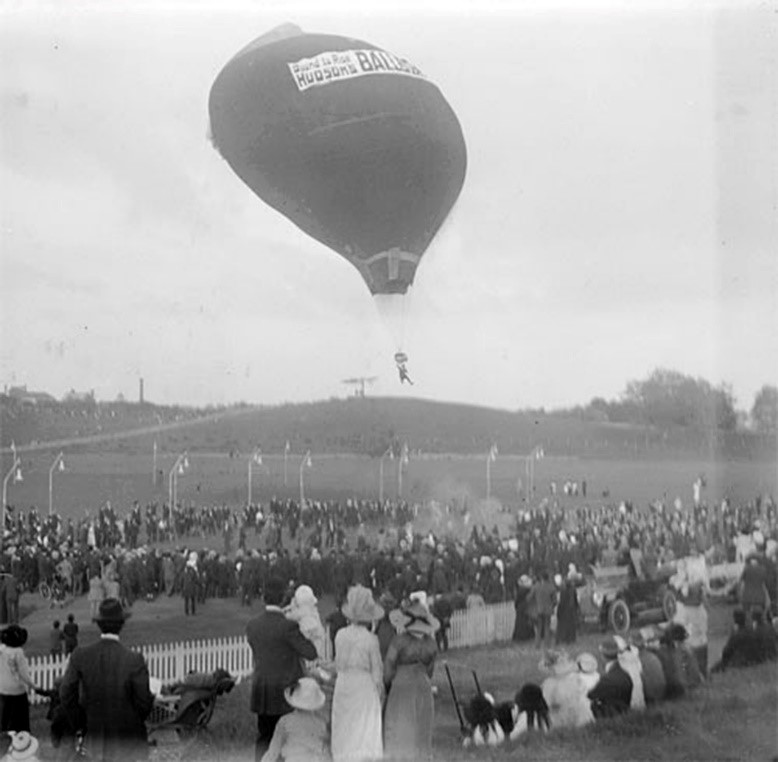 |
1914 balloon launch with parachutist in New Zealand
Alexander Turnbull Library, National Library of New Zealand, Te Puma Matauranga o Aotearoa |
Playing and watching organised sports
Hockey
The first opportunity for Australian women to actually participate in an energetic team sport came with the introduction of hockey to this country around 1900. The local girls were not slow at taking up this new game and in 1903 formed a hockey club, although they still had to play in long skirts!

Toodyay Hockey Team ca1940s 1999-4

Courtesy: Trove
Male only sporting figures on this banner from Western Mail 2 May 1935. The scarcity of media coverage over many decades discounted the increasing participation of women in organised sports.
Tennis
Sporting attire for women became more practical as opportunities for playing sport increased.
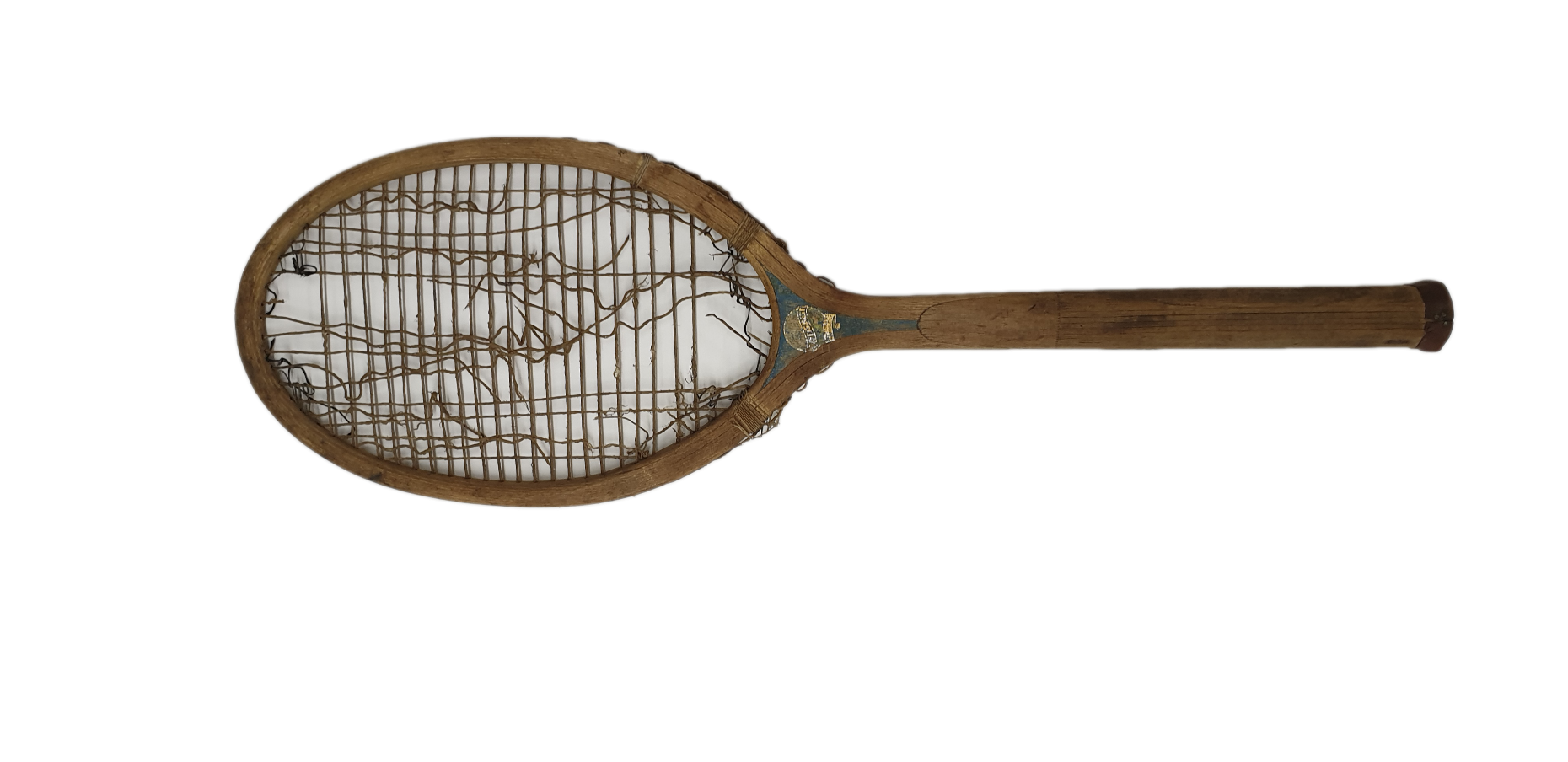
Tennis racket ca1920-30, wood with gut stringing 2001-381
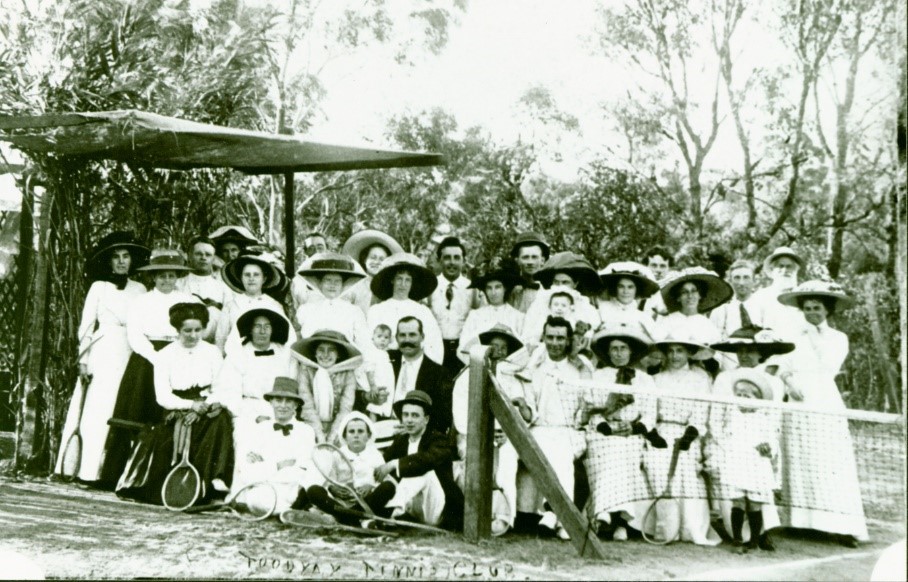
Toodyay Tennis Club 1912 2001-1220
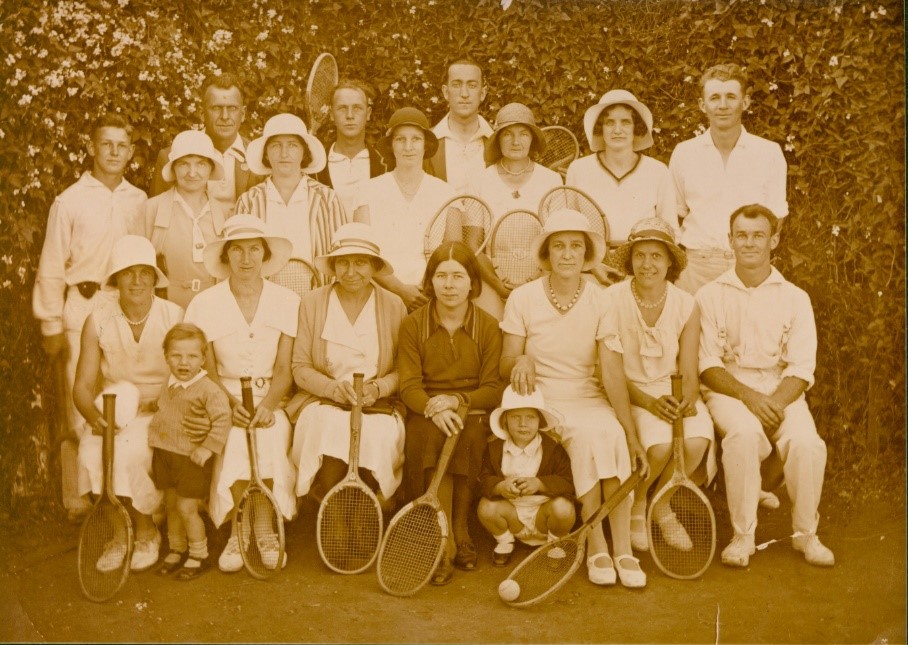
Toodyay Tennis Club ca1934 2001-117
Gymnastics
The Toodyay Girls Gymnasium briefly ran from 1924 to 1925. In the short time they were active they fundraised for the Toodyay Hospital and the Methodist Church.
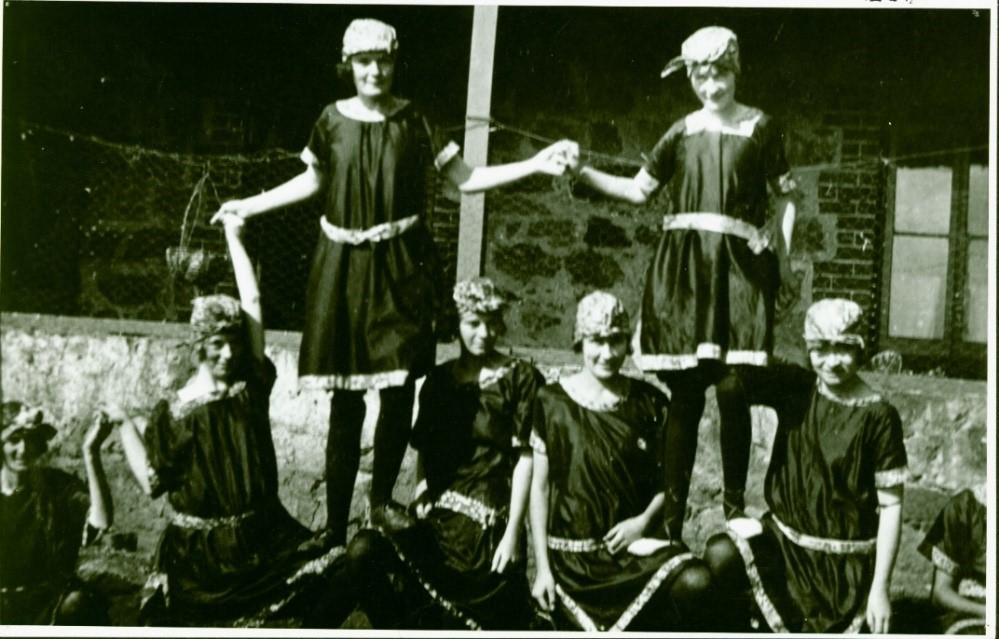
Toodyay Girls’ Gymnasium Club 1999-20
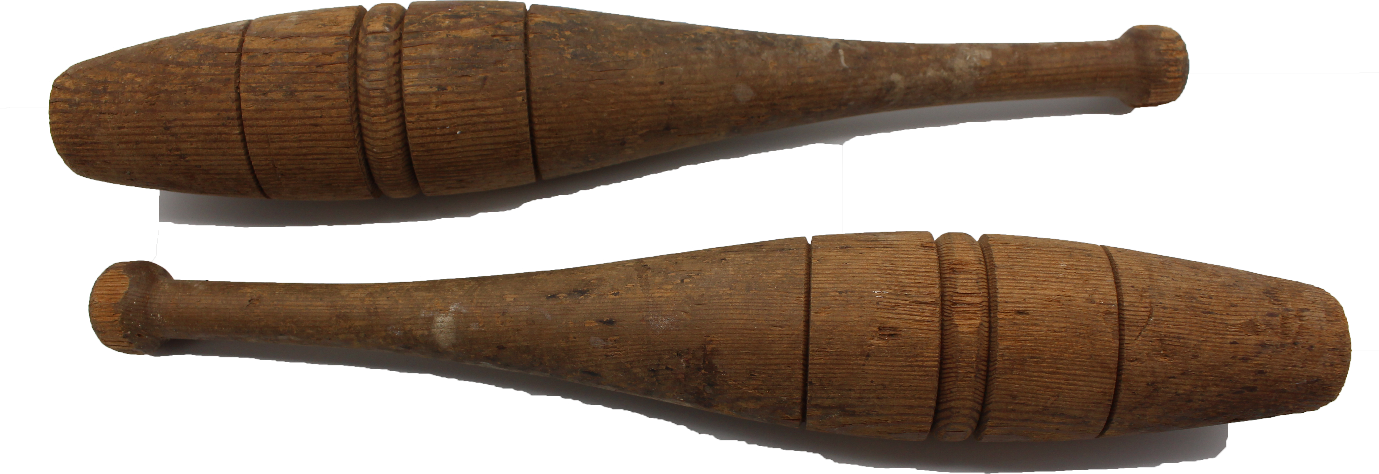
Indian clubs were swung in pairs to improve strength, agility and balance.
They were used in a gymnastic event in the 1904 and 1932 Olympics. 2001-376